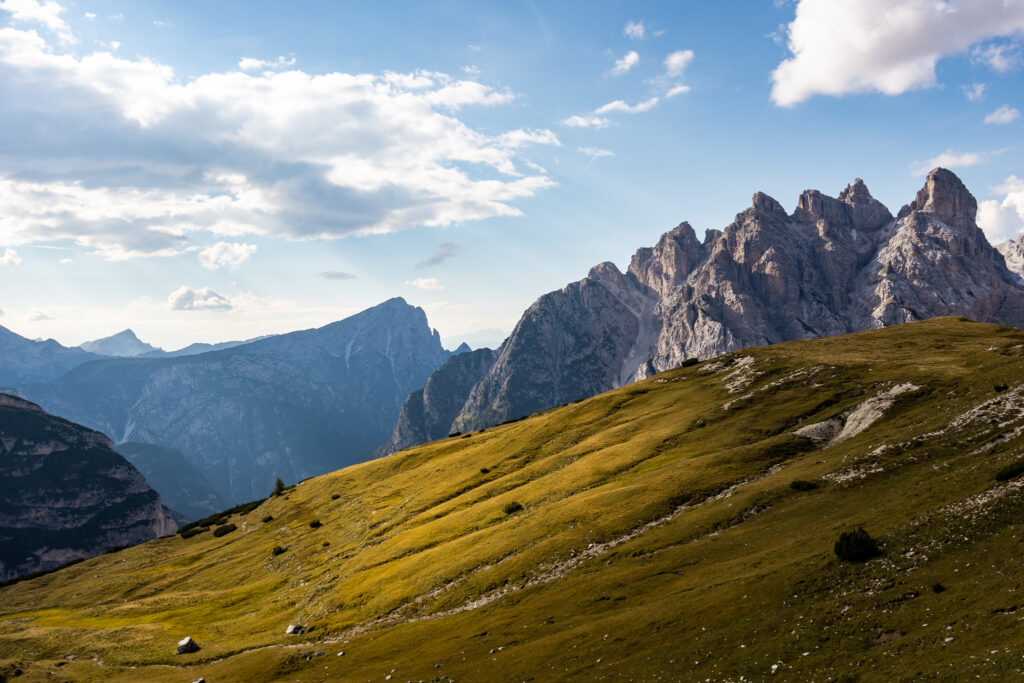Tailoring Your Color Tones
When it comes to photography, achieving accurate colors is key, and sometimes, the preset white balance settings just won’t cut it. That’s where custom white balance comes into play! This technique allows you to fine-tune your camera settings to match the specific lighting conditions of your shooting environment, ensuring your photos have the natural hues you envision.

Why Use Custom White Balance?
Every light source has its own color temperature, which can affect how your photos look. For instance, the warm glow of incandescent bulbs can give your images a yellow tint, while fluorescent lights might cast a greenish hue. By setting a custom white balance, you can eliminate these color casts and capture more true-to-life colors.
Understanding the concept of color temperature is essential. Measured in Kelvin (K), different lighting conditions produce varying color temperatures. Daylight, for example, typically ranges from 5,000K to 6,500K, whereas tungsten bulbs can be around 2,700K. By using a custom white balance, you align your camera with the specific light conditions, allowing for accurate color reproduction.
How to Set Custom White Balance
- Choose a Neutral Reference: Start by finding a neutral-colored surface, like a gray card or a piece of white paper. This surface should be in the same light as your subject. A gray card is preferable because it’s designed to reflect an equal amount of light across the spectrum.
-
Set Your Camera to Custom White Balance: Go into your camera’s menu and select the option for custom white balance. The exact steps will vary depending on your camera model, so consult your manual if you need help. Most cameras will have a dedicated button or menu for this function.
-
Take a Test Shot: Point your camera at the neutral reference and take a photo. Your camera will use this image to calculate the correct white balance. Ensure that the gray card fills the frame to get an accurate reading.
-
Apply the Custom Setting: After taking the test shot, return to the custom white balance menu and select the photo you just took as your reference. Your camera will now use this setting for your current lighting conditions.
-
Review and Adjust: Take a few test shots to see how the colors look. If necessary, make slight adjustments to the custom white balance until you’re satisfied with the results. It’s helpful to check the histogram to see if the colors are balanced properly.
When to Use Custom White Balance
Custom white balance is especially useful in challenging lighting situations, such as:
-
Mixed Lighting: When your scene has various light sources (like daylight and artificial lights), custom white balance helps to unify the colors. For example, if you’re photographing a subject illuminated by both sunlight and tungsten light, a custom setting can balance these influences.
-
Indoor Settings: Often, indoor lighting can produce unwanted color casts that custom white balance can correct. This is particularly important in events like weddings or indoor parties, where lighting can be inconsistent.
-
Sunsets and Sunrises: While these moments are naturally beautiful, they can also lead to skewed color representation. Custom white balance can help maintain the true essence of those vibrant colors, allowing you to capture the rich oranges and purples without them appearing too warm or cool.
-
Studio Photography: If you’re shooting in a controlled environment, using custom white balance will ensure consistent results across your images. This is crucial in product photography, where accurate color representation can significantly impact the final output.
Tips for Success
- Keep a Gray Card Handy: A gray card can be a great tool for quickly setting custom white balance, especially if you’re in varying lighting conditions. You can find compact versions that fit easily in your camera bag.
-
Experiment: Don’t be afraid to try different settings. Photography is about creativity, and sometimes the unexpected can lead to stunning results! Try adjusting the custom white balance even in standard lighting to see how it affects your images.
-
Review in Post-Processing: If you find that your custom white balance didn’t work as intended, you can always make adjustments during editing. Software like Adobe Lightroom and Photoshop allows you to fine-tune the color temperature and tint, giving you more control.
-
Document Your Settings: When shooting in different environments, take notes on your custom white balance settings. This can help you remember what worked well for specific conditions in the future.
By using custom white balance, you can take control of your color tones and create images that truly reflect your vision. It’s all about experimenting with your camera and finding the right settings that work for you.